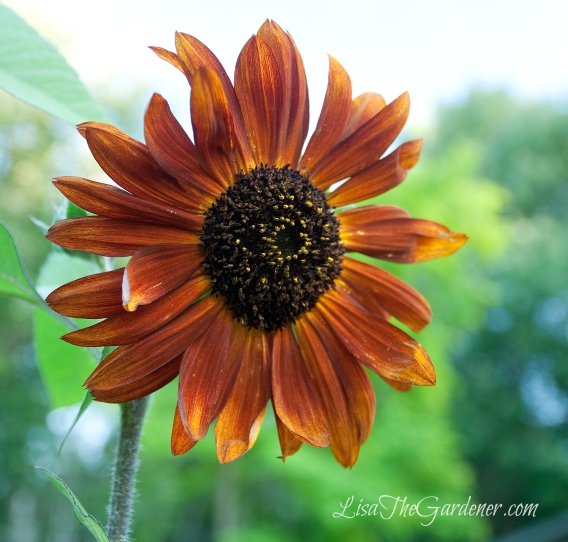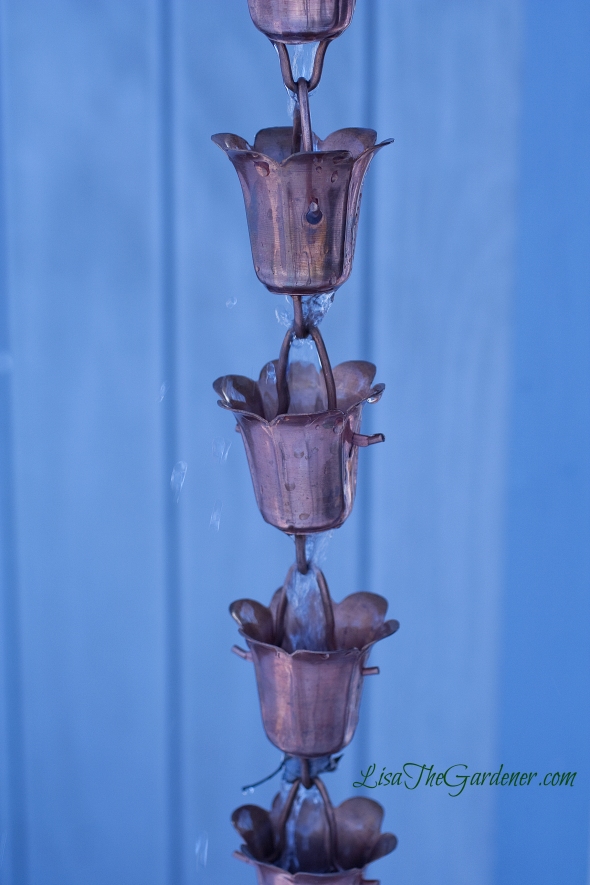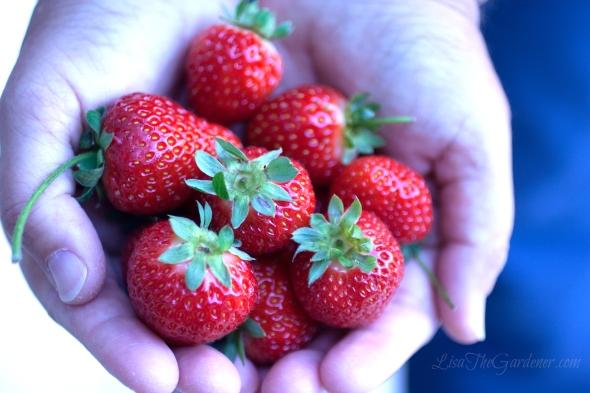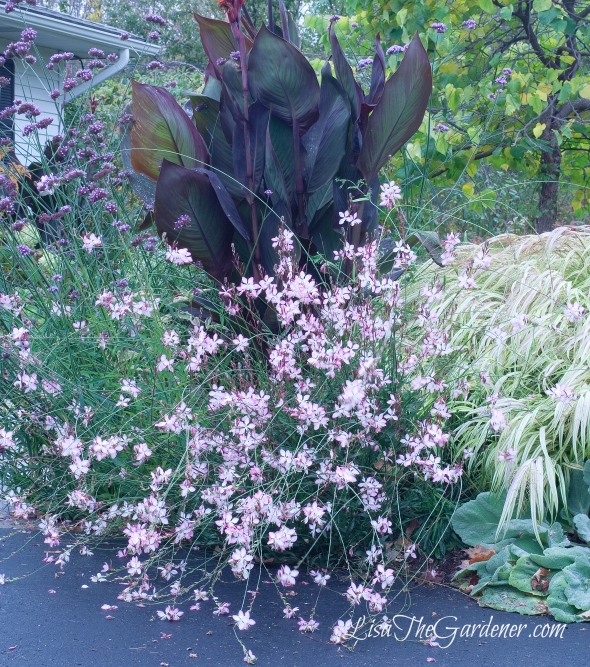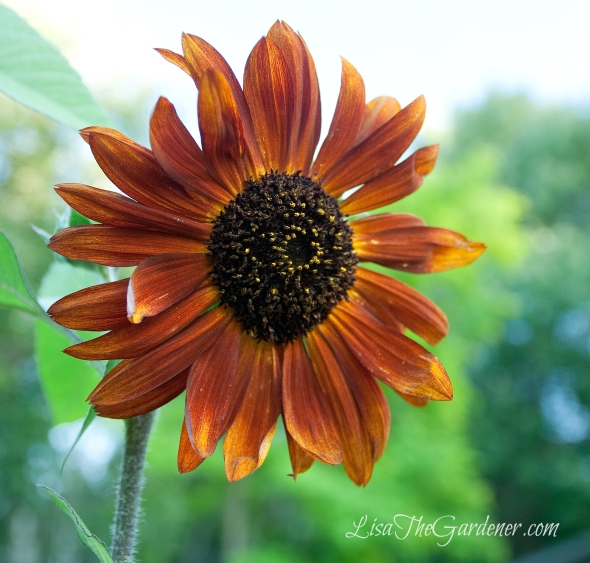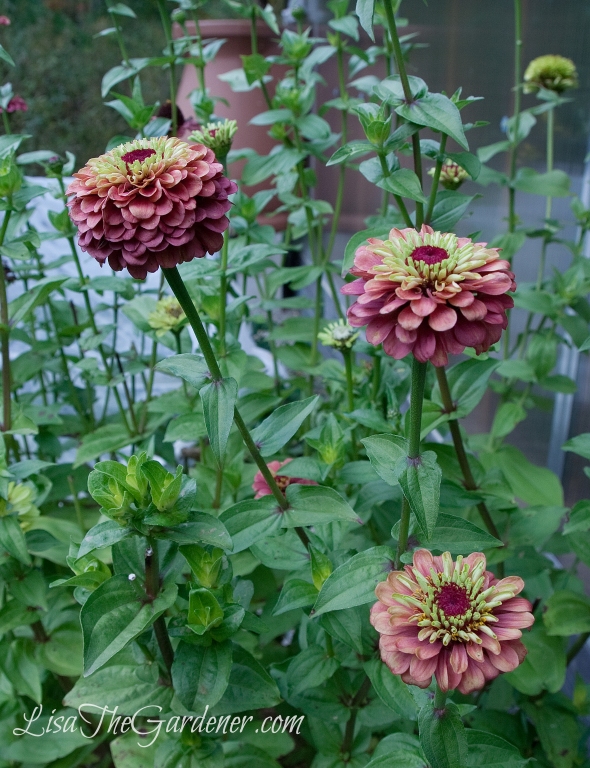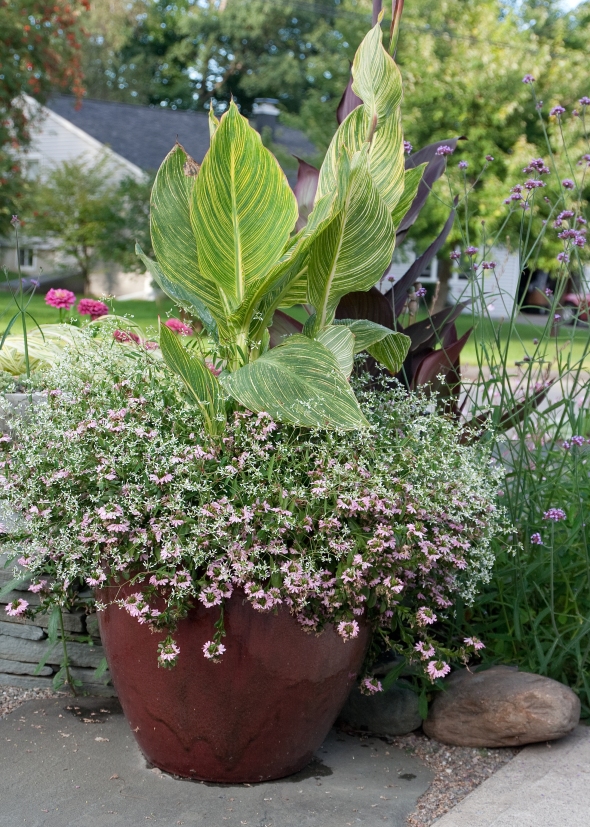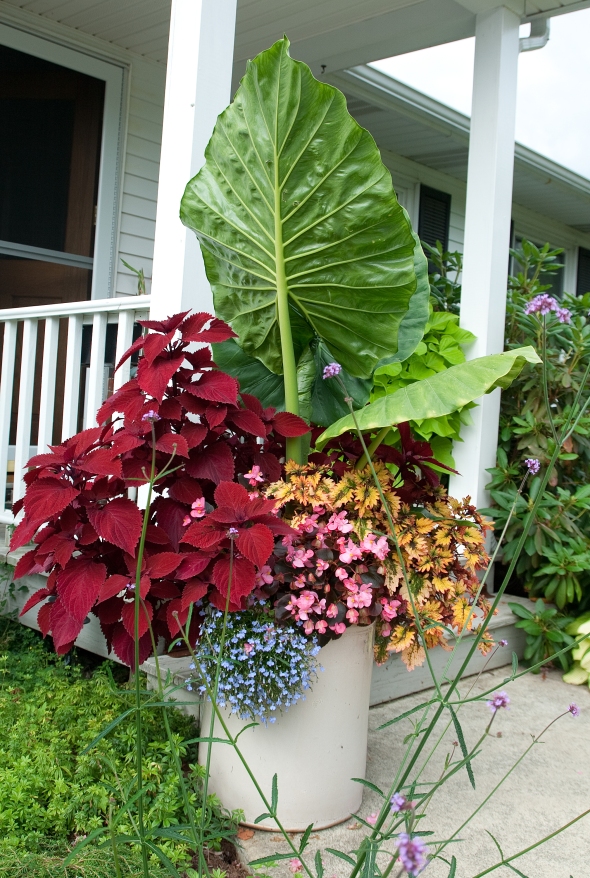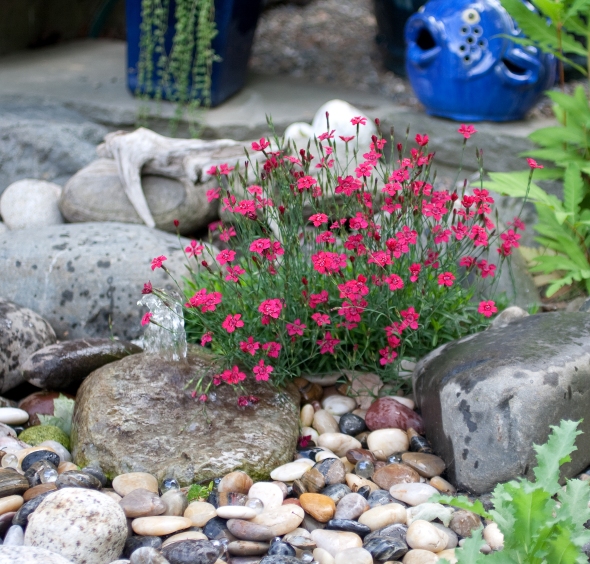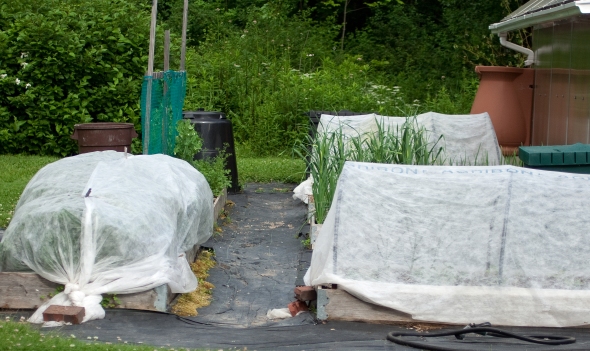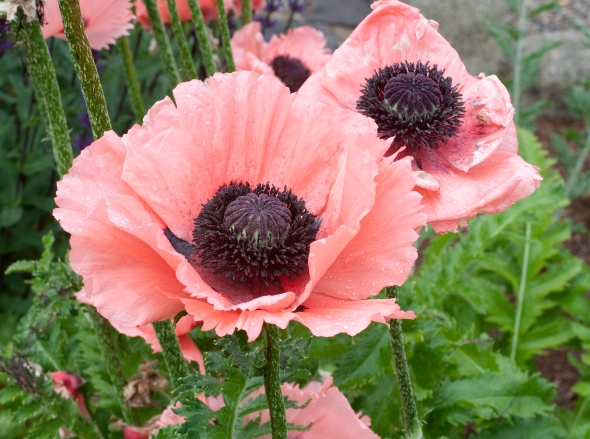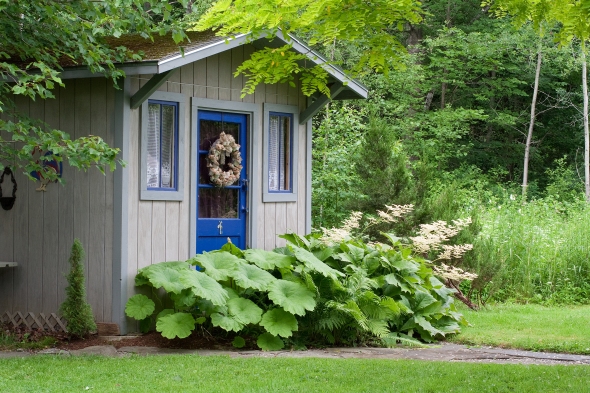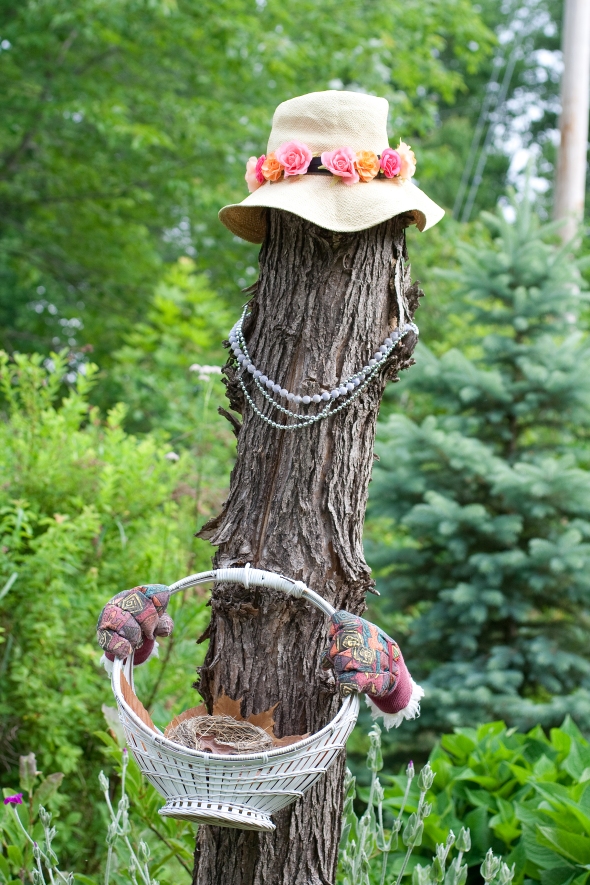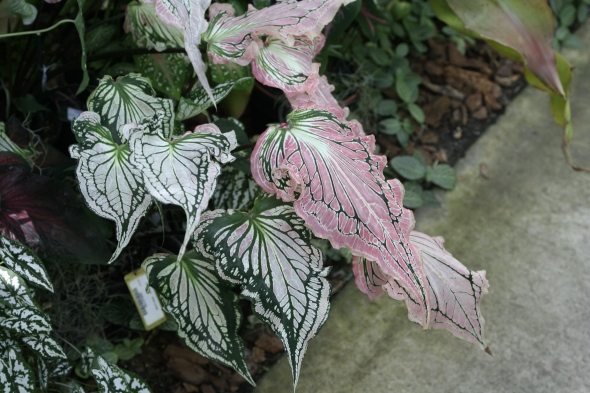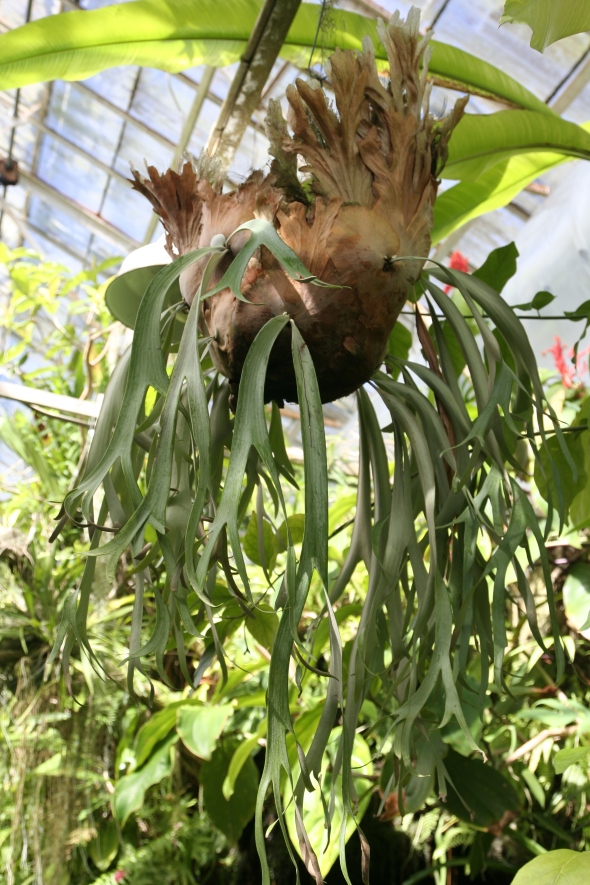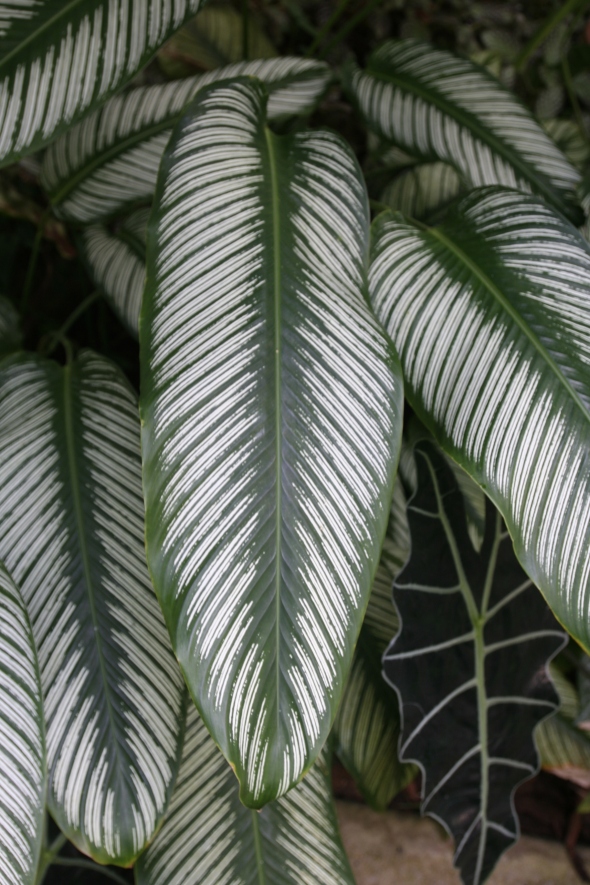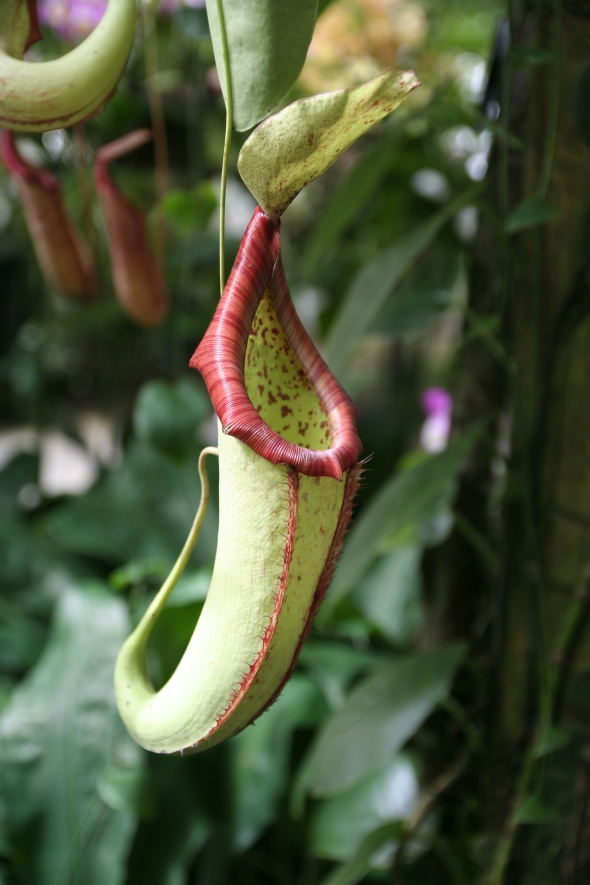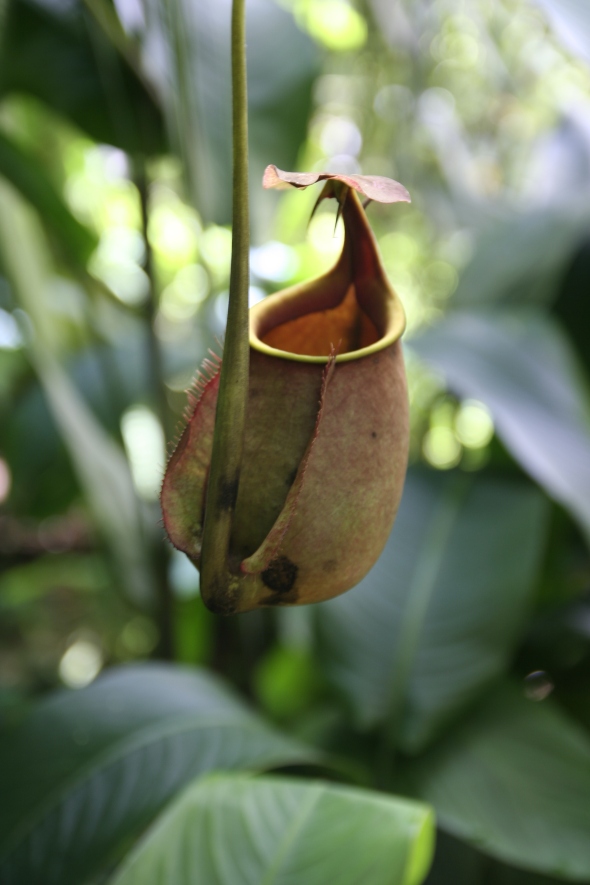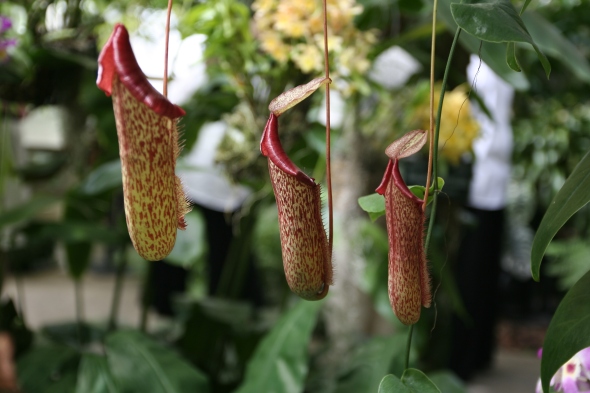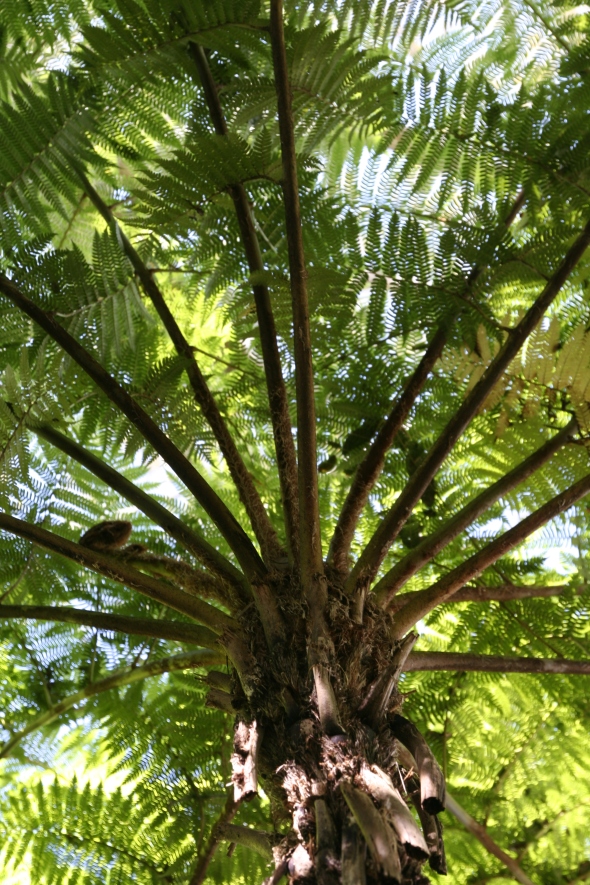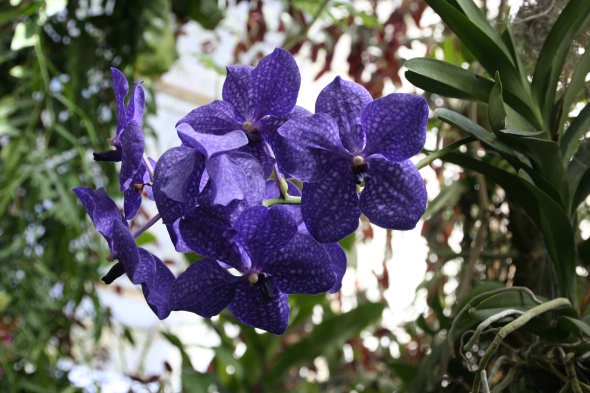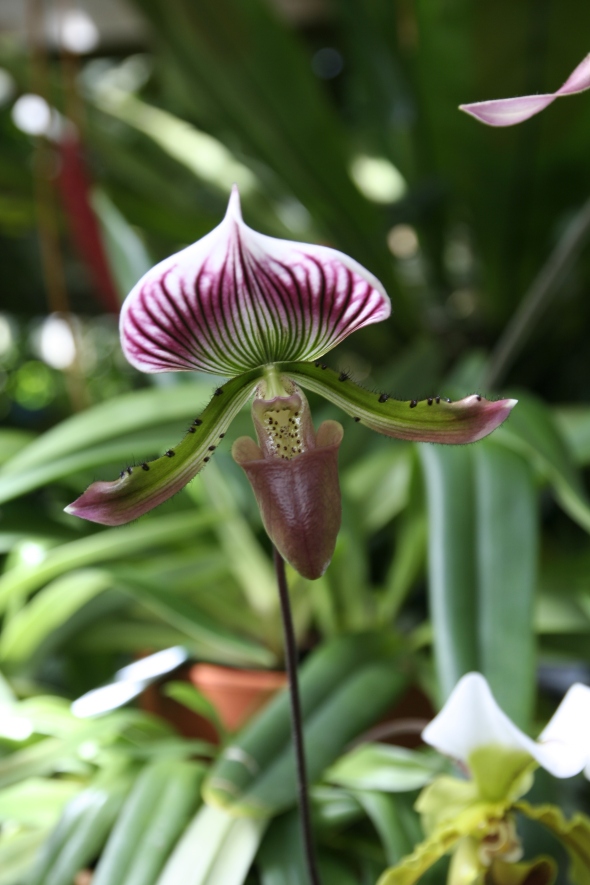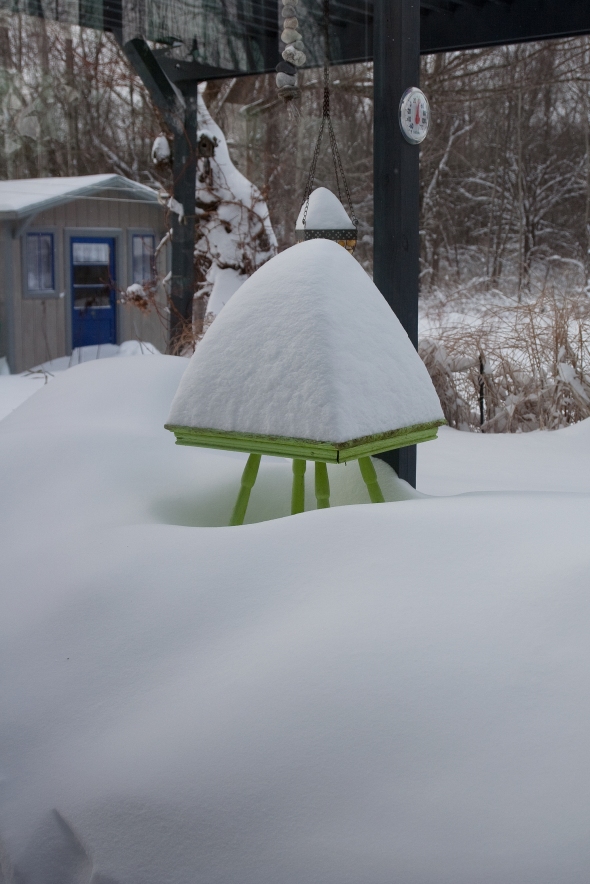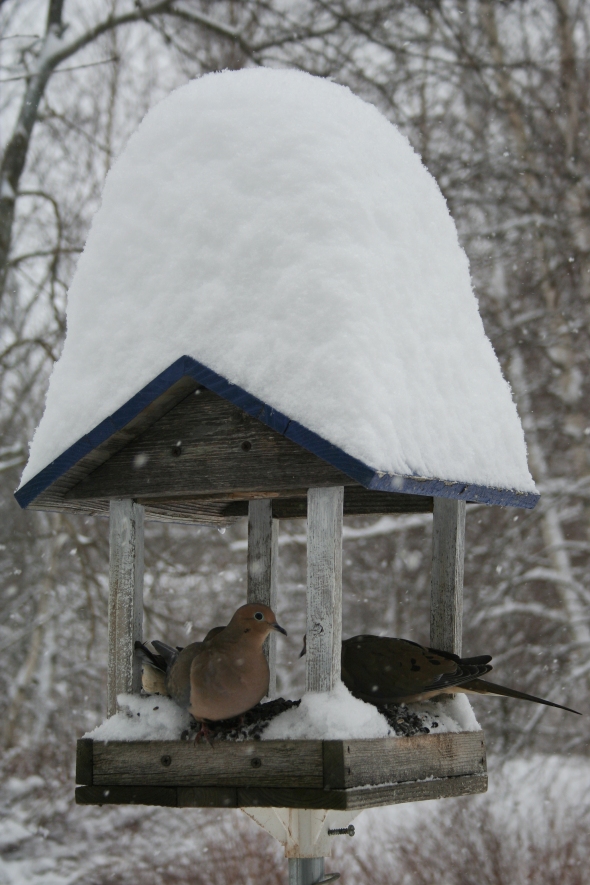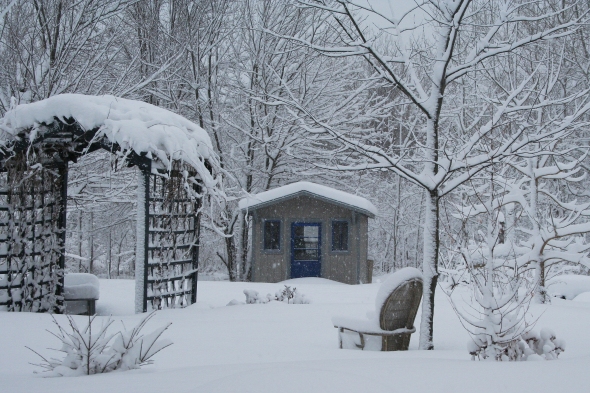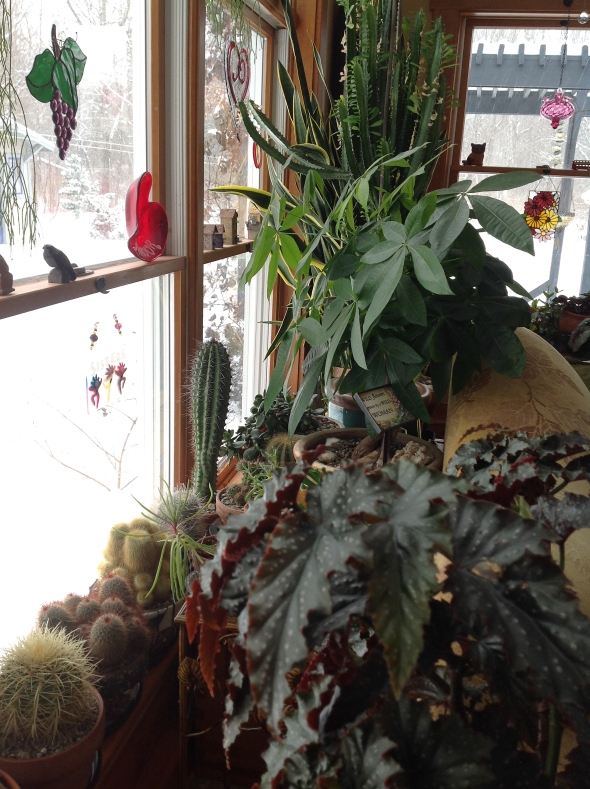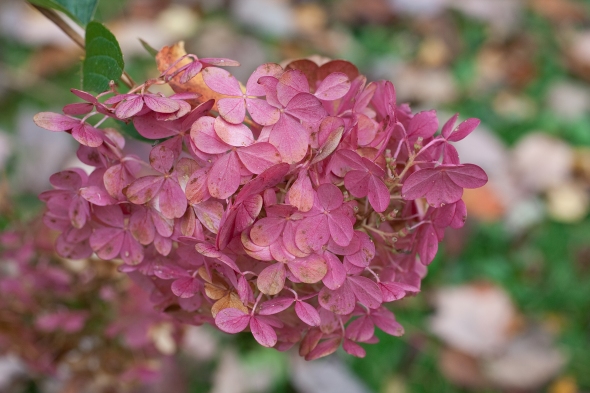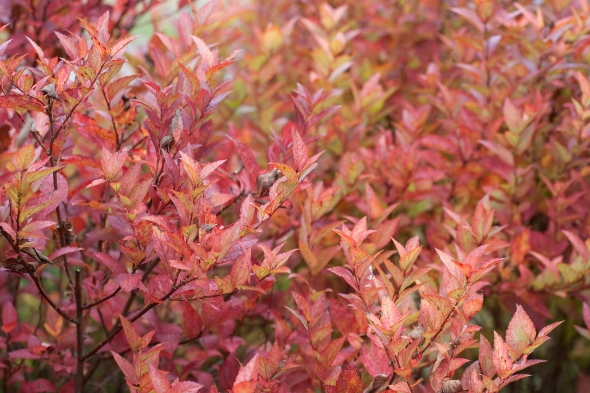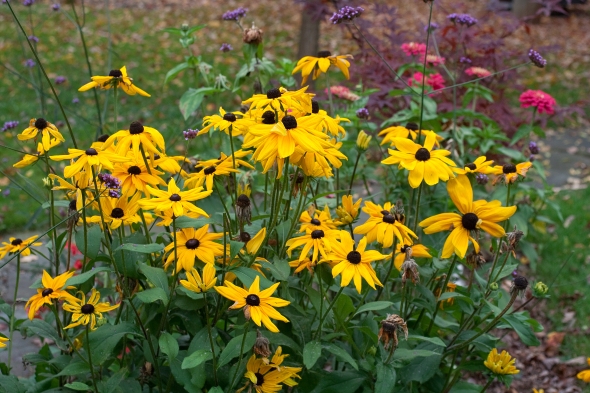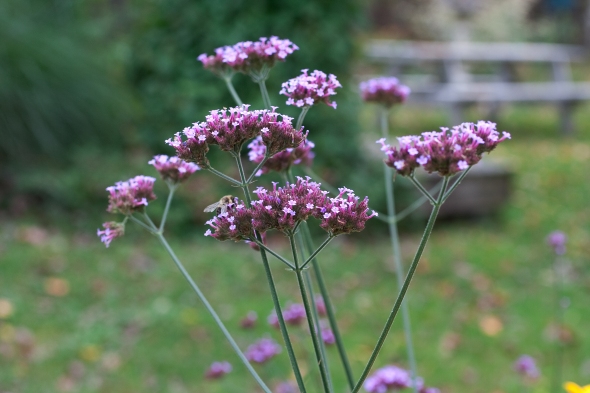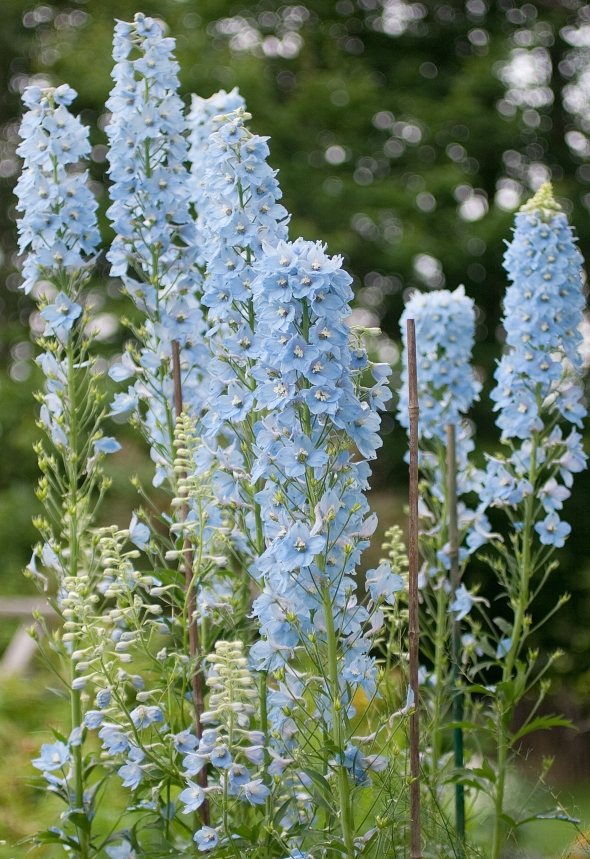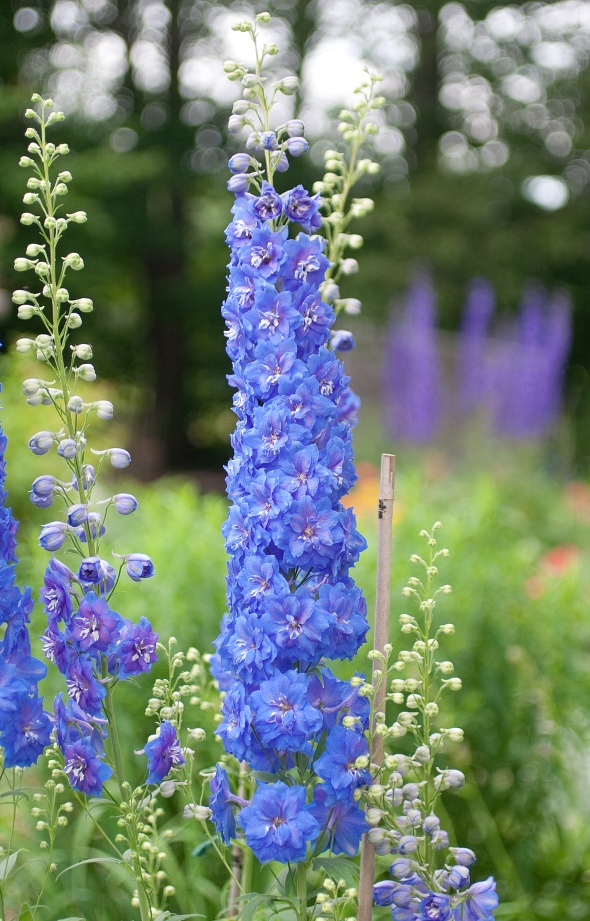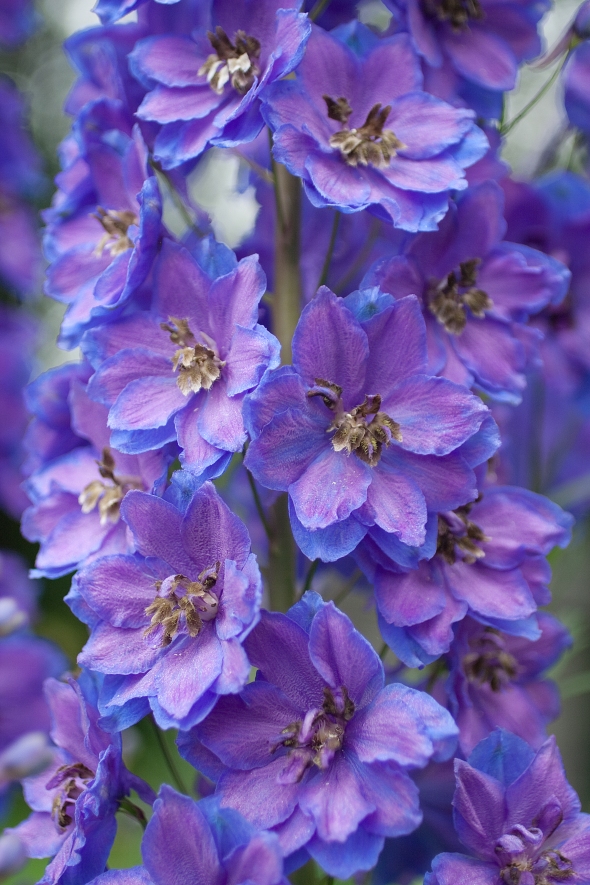 Pat Bears was raised by an English grandmother who fussed over flowers. When she was growing up, special occasions were marked by gifts of peonies. The rambling Dorothy Perkins roses grown by her grandmother continue to be one of her favorites. Happiness and gardening were intertwined.
Pat Bears was raised by an English grandmother who fussed over flowers. When she was growing up, special occasions were marked by gifts of peonies. The rambling Dorothy Perkins roses grown by her grandmother continue to be one of her favorites. Happiness and gardening were intertwined.
Pat grew up in the coastal town of Brooksville influenced by the presence of Scott and Helen Nearing and their philosophies of rural self-sufficiency and simple living. Garden gurus, Barbara Damrosch and Eliot Coleman further inspired Pat to connect community with food and gardening.
When Pat’s children were young, they participated in Children’s International Summer Villages (CISV), a charitable, independent, non-political, volunteer organization promoting peace, education and cross-cultural friendship. When Pat and her husband, Doug, hosted children from other cultures and countries in their home, they realized some of the vegetables they served were unfamiliar to their guests. The idea for a demonstration garden was born. Host families throughout the region now use the CISV Garden located in Orono as a means of educating children about local food. In addition, the food harvested is donated to area homeless shelters.
The CISV Garden is located near the Orono Senior Center where there’s an after-school program five days a week. Pat regularly interacted with the children in the after-school program who were interested in gardening the activities the CISV Garden.
Community-minded, Pat Bears recognized another opportunity to link children with food and gardening. Every Tuesday during the school year, Pat coordinates a farm-to-table program called the Gardening and Cooking Club (GACC) for 3rd, 4th, and 5th grade students with the Orono Parks and Recreation Department. GACC is an experiential learning program. Children are exposed to organic gardening methods and learn how to make healthy choices at the table. They use the USDA My Plate model for nutrition education and introduce the children to “eating local, eating in-season and eating well.”
The gardens consist of six raised beds for growing vegetables, four beds for flowers, two smaller beds for herbs, two rain barrels and several trellises for vertical growing. Food grown in this garden helps provide winter meals for Orono Seniors and educational opportunities for club kids throughout the year. 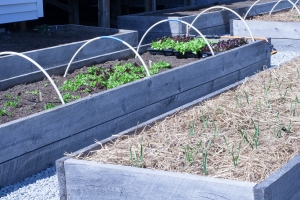
When I visited the Gardening and Cooking Club in early May, lettuces planted the previous fall were already growing robustly. After-school snacks for the children were prepared by Alexis Mantis, a Sustainable Agriculture graduate student from the University of Maine who already has a degree in culinary arts. Students ate a noodle dish made with kale pesto. The kale and garlic in the pesto had been grown and harvested the previous fall by the students.
Marge McCollough, a graduate student from the University of Maine Sustainable Agriculture Program, gave a lively presentation about pollinators with a focus on bees.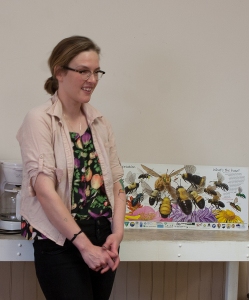 GACC members had an opportunity to sample three kinds of honey on bread purchased from the Orono Farmers’ Market. Enthusiastic children chatted about the subtle differences in taste.
GACC members had an opportunity to sample three kinds of honey on bread purchased from the Orono Farmers’ Market. Enthusiastic children chatted about the subtle differences in taste.
Following a discussion about the grains used in the bread they had just eaten, Pat’s husband, Doug, demonstrated how flour and corn meal is ground. 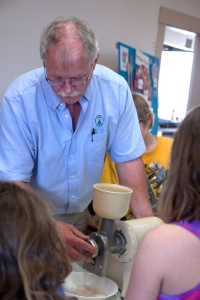
The afternoon concluded with the children decorating bee boxes. They were already planning where to locate the boxes in their own backyards, excited to tell parents all about it!
The GACC program ends the year with a family dinner celebration. It’s a fairly formal event that allow members to practice making a menu, setting a table, serving and clearing food and preparing a meal. Foods come from the GACC garden and the local farmers’ market.
Children take home a tomato plant (in a 5 gallon bucket) as well as various herbs and flowers – all started by themselves from seed; a tie-dyed apron and t-shirt, a reusable shopping bag and a recipe book filled with information and recipes they’ve used during the course of the year.
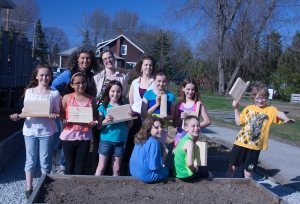
Senior citizens, college students, the town parks and recreation program, members of the farmers’ market, children, their families and the community, have all profited from the Gardening and Cooking Club. Its popularity has not gone unnoticed. Pat has already been receiving inquiries from other communities who want to start similar programs. It’s a successful model to be emulated.
Pat Bears has given life to a sustainable approach of connecting the community with food and gardening.
Her English grandmother would be pleased.
Pat Bears can be reached at: (207) 659-0820 bears.patti@gmail.com
Lisa Colburn is a Master Gardener in Penobscot County, Maine and Sarasota County, Florida.
She is the author of The Maine Garden Journal – Insider secrets from Maine people who love to put their hands in the dirt.
She will be writing a monthly article about Master Gardeners throughout Maine.
If you’re a Master Gardener interested in being featured in a future article, contact Lisa at (207) 404-3494 or by email: lisa@lisathegardener.com
Share this with gardeners everywhere










